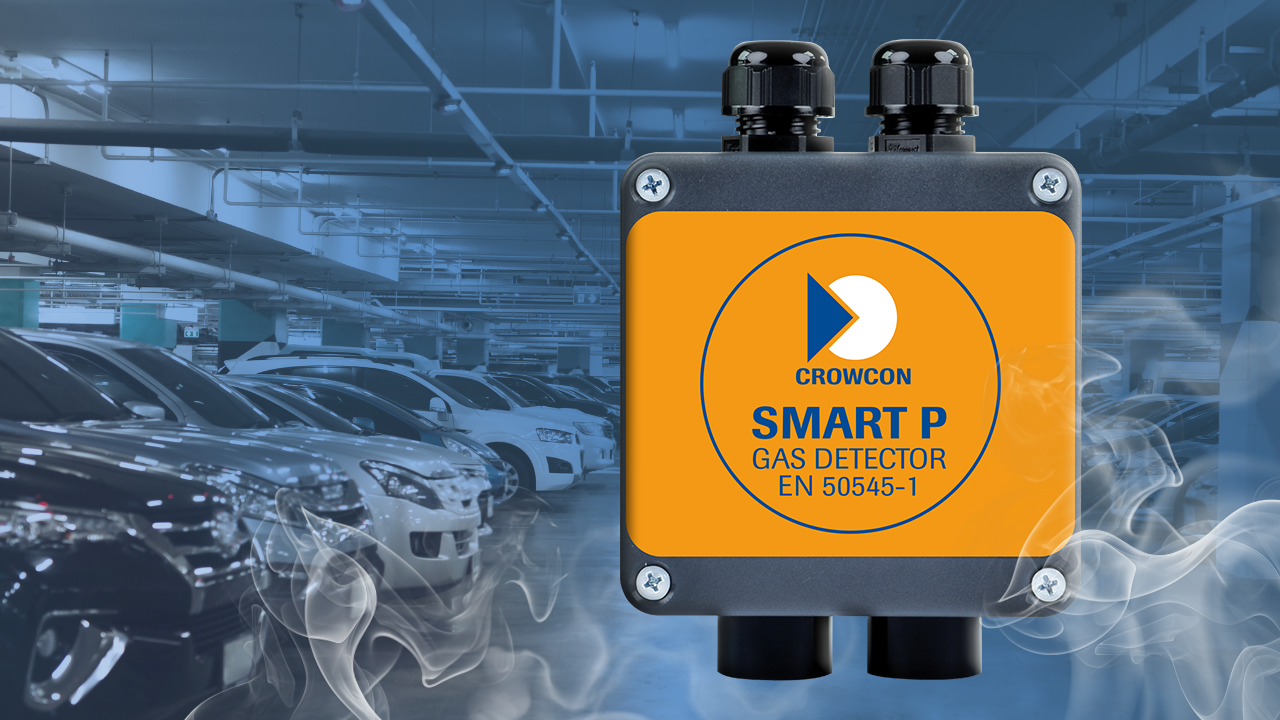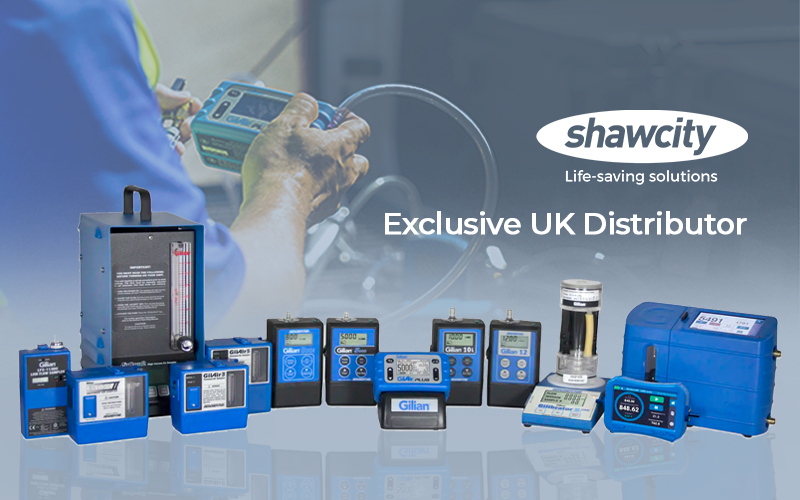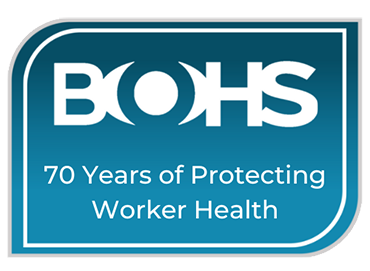Vehicles emit a variety of harmful pollutants including carbon monoxide (CO) and nitrogen dioxide (NO2), both of which are toxic gases that damage the environment and human health.
Often, there is no natural ventilation in underground and multi-storey car parks, so these gases can naturally concentrate in specific areas and have a potentially harmful impact on anyone within the vicinity. For this reason, the European Standard EN 50545-1 specifies a requirement for remote gas sensors (RGSs) and control units (CUs) to be deployed in these types of car parks.
CO and NO2 are frequently found in car parks and their characteristics make them particularly dangerous. CO is colourless and odourless, making it hard to recognise without the correct monitoring equipment. At the same time, NO2 has a pungent smell, is brownish-red in colour and is created during the burning of fossil fuels.
Even at low exposure levels, CO and NO2 can pose significant health risks. CO poisoning can cause headaches, dizziness, sickness, nausea, fatigue, disorientation and confusion, chest and muscle pain, along with shortness of breath. Frequent overexposure to NO2 could cause cardiopulmonary effects, decreased lung function/growth, respiratory issues, and increased complications for allergic responses. In the worst cases, both gases can potentially contribute to premature death.
The importance of ventilation
Ventilation is the key to ensuring that gas levels are kept at acceptable levels and preventing toxic fume build-up. Ventilation units can be linked with gas detection systems, allowing for automatically increased airflow when gases reach pre-set levels, which are then decreased when acceptable levels are restored. This not only improves the air quality of the site but helps reduce costly energy bills, through improving energy efficiency by ventilating only when needed.
Alarm levels and thresholds
According to the European Standard (EN5045-1), CO alarm levels and maximum thresholds should be set at 30parts per million (ppm) as Alarm 1, 60ppm as Alarm 2 and 150ppm as Alarm 3. The standards state that NO2 thresholds will be set at 3ppm as Alarm 1, 6ppm as Alarm 2 and 15ppm as Alarm 3.
Elsewhere in the UK’s building regulations 2010, it is suggested that CO should be limited to an average concentration of a maximum of 30ppm over an eight-hour period. Where there is peak concentration, such as by ramps and exits, the limit is a maximum of 90ppm over a 15-minute period.
Fixed gas detection from Shawcity 
The SMART P gas detection range from Crowcon is designed to meet the latest European standards for gas detection in car parks and offer RS485 communication capability. The SMART P-1 model detects either CO or NO2, while the SMART P-2 is a dual device which can detect CO and either NO2 or petrol vapours simultaneously, ensuring comprehensive coverage.
These IP55-rated devices are not only ideal for car parks but also suitable for automotive workshops, warehouses, and delivery depots, providing protection in areas with high vehicle fume exposure.
Complete protection
Many fixed gas systems can be connected into existing management control and safety systems across a site. Alongside gas detection, relays can be activated to perform several functions including closing electronic valves, opening/closing ventilation systems and exhaust fans, as well as activating visual and audible alarms. A fixed gas system provides 24/7 continuous monitoring of any environment, even when an area is unmanned.
Contact the Shawcity Fixed Gas Detection team today to discuss your monitoring requirements or to arrange a free comprehensive site survey.
01367 899419
solutions@shawcity.co.uk

-1.png)









